Global markets rocked by escalating trade fights: Live updates – CNN


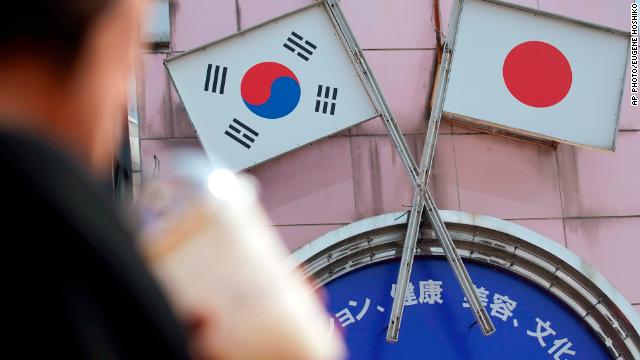
Japan dropped South Korea as a preferred trading partner on Friday, escalating a dispute that threatens the global supply chain for smartphones and electronic devices.
The decision to remove South Korea from a so-called white list means that Japanese exports to South Korea now require additional screening to make sure they are not used for weapons and military applications.
South Korea was the only Asian country on the white list. Revoking its preferred status means the country will receive the same treatment as other Asian countries and territories, including Taiwan, Japan’s Chief Cabinet Secretary Yoshihide Suga said Friday.
“This is not a trade ban,” he added.
That’s not how Seoul sees it. South Korean President Moon Jae-in said the move was “reckless” and he threatened retaliation. His party accused Japan of waging “economic war.”
Back story: The standoff between the two countries started last month, when Tokyo placed controls on exports of three chemical materials to South Korea.
The materials — fluorinated polyamides, photoresists and hydrogen fluoride — are important for making computer chips, among other things.
The new restrictions go into effect August 28.
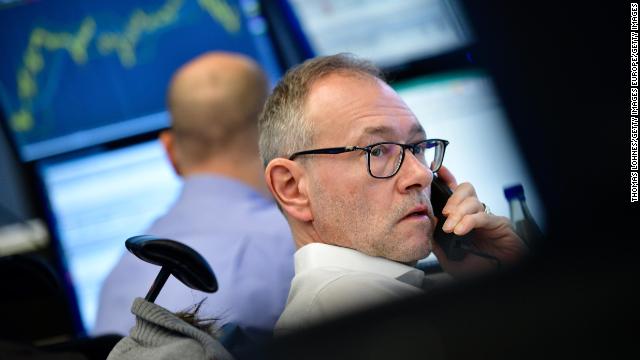
European stocks have joined the global sell-off sparked by President Donald Trump’s threat to impose new tariffs on China.
Here’s a summary of the early action:
- Germany’s DAX and France’s CAC 40 both dropped 2.2% at the open.
- London’s FTSE 100 is down 1.5%.
- The pain was spread across sectors. Shares in carmakers, consumer goods companies and banks posted losses in line with the broader market.
- The euro was flat against the dollar. The British pound shed 0.2%, continuing the recent slide caused by fears that the country is headed for a disorderly Brexit.
- The Swiss franc, which is seen as a safe haven in troubled times, strengthened 0.4% against the US dollar.
Global investors are running scared. “There hasn’t been much data to distract from trade war overnight,” Societe Generale strategist Kit Juckes wrote in a research note.
The next big event on the global markets agenda is the US jobs report for July, which will be published at 8:30 a.m. ET.
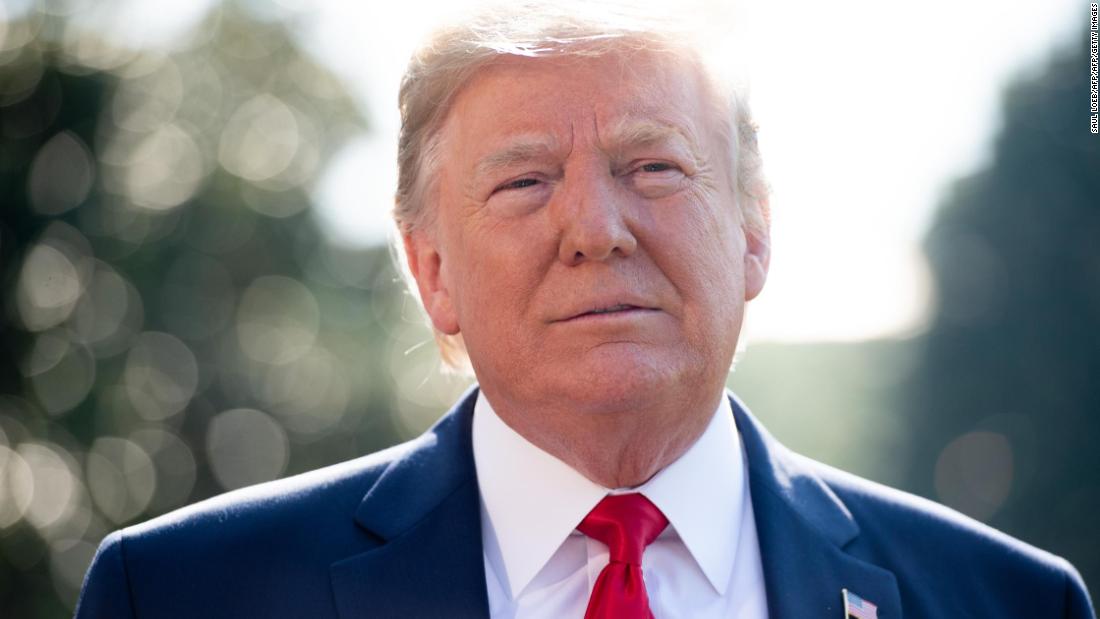
President Donald Trump said Thursday that he would add new tariffs on $300 billion of Chinese-made products from September 1, which would essentially mean all Chinese goods coming into the United States are taxed.
“Trade talks are continuing, and during the talks the U.S. will start, on September 1st, putting a small additional tariff of 10% on the remaining 300 billion dollars of products coming from China into our country,” he tweeted.
Later in the day, Trump said in remarks to reporters at the White House that he might still ratchet tariffs up to 25%, as he’s previously threatened — or even higher.
“It can be lifted in stages so we’re starting at 10% and it can be lifted up to well beyond 25%,” the president said. “But we’re not looking to do that, necessarily.”
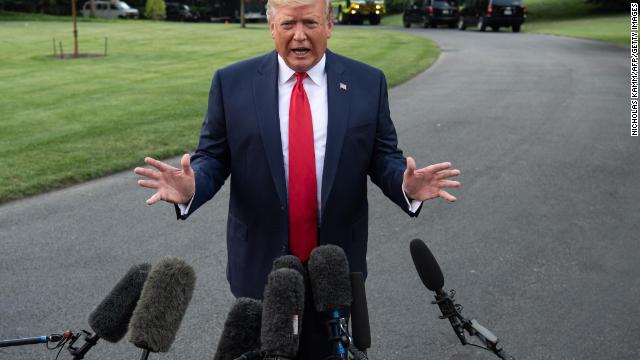
President Trump issued his new threat of tariffs on China following a mid-morning meeting in the Oval Office with his trade team to update him on talks that wrapped this week in Shanghai, according to an administration official familiar with the matter.
The team included Treasury Secretary Steven Mnuchin and US Trade Rep. Robert Lighthizer.
Trump wasn’t pleased that China didn’t offer concrete promises to purchase American agricultural products during the talks, something he believed was agreed to when he met with Chinese President Xi Jinping in June, according to the official.
While the trade officials told Trump they believed there is still potential for a deal to be struck with China, they said they were still far off any kind of agreement.
Trump issued the four-tweet message announcing new tariffs starting in September with input from Mnuchin and Lighthizer, according to the official.
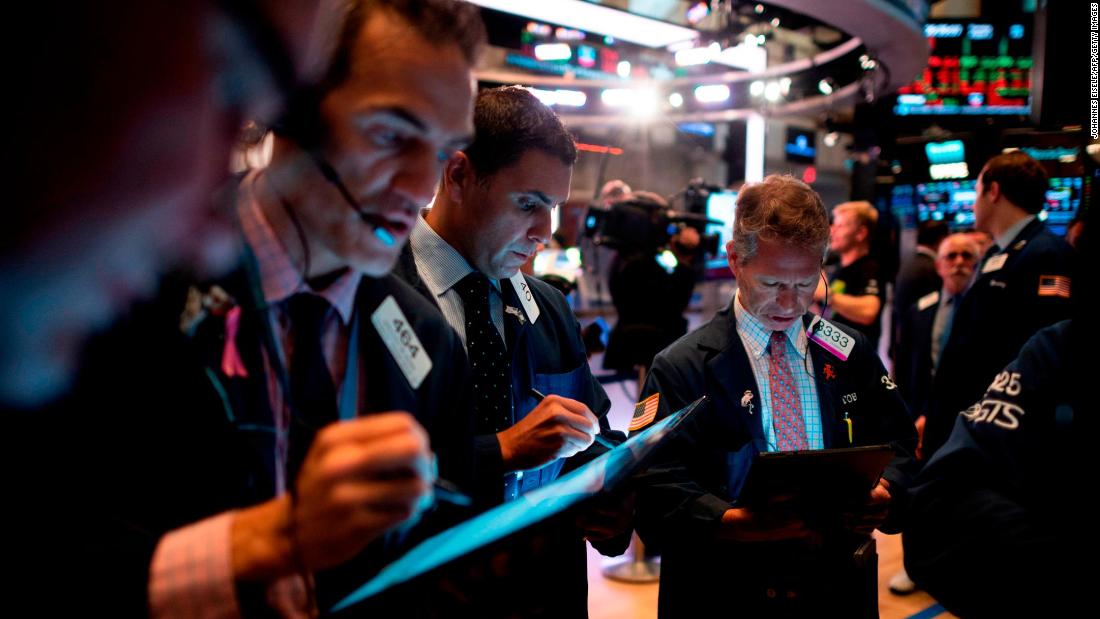
Markets around the world were jolted by news of the tariffs Thursday.
- Oil prices nosedived 8% immediately after the announcement — the biggest single-day decline since February 2015.
- The Dow, which was originally up 311 points, closed down 280 points — marking the biggest swing since early January.
- Tech stocks in Asia also took a beating on Friday. Suppliers of Huawei were hit particularly hard, while Hong Kong’s Hang Seng Index (HSI) fell 2.3%.
- The Chinese yuan tumbled, falling to nearly 6.98 against the dollar — the weakest level this year.
Context: “Stocks were just recovering from the lack of easing commitment by the Fed on Wednesday when Trump sent the market in a tailspin,” Alfonso Esparza, a senior market analyst at forex broker OANDA, wrote in a note.
Global growth estimates have been under pressure from the tariff war and the move by the US erases all the goodwill gained earlier in the week when US negotiators were in Shanghai to kickstart trade talks.”
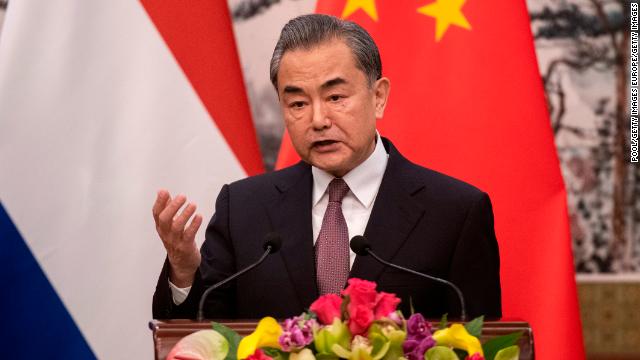
China’s Foreign Minister Wang Yi said that US tariffs were not the correct way to solve the trade dispute, speaking to reporters on the sidelines of the ASEAN summit in Bangkok.
“I just saw the news. Adding tariffs is not a constructive way to resolve the trade dispute, it’s not the correct way,” Wang Yi said in response to a question shouted by local government-run station Shenzhen TV.
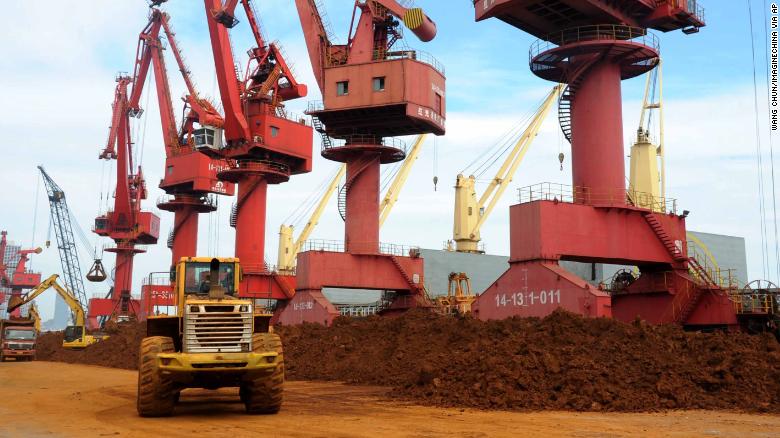
Rare earth stocks in Asia soared Friday.
Beijing has previously implied that it might halt exports of rare earth elements to the United States as a bargaining chip in the trade war.
China controls more than 90% of the production of rare earths, which are needed to make smartphones and tablets, according to the US Geological Survey.
As the trade war escalates, control of the minerals could play into the fight. Read more on the business implications here.
Comments
Post a Comment